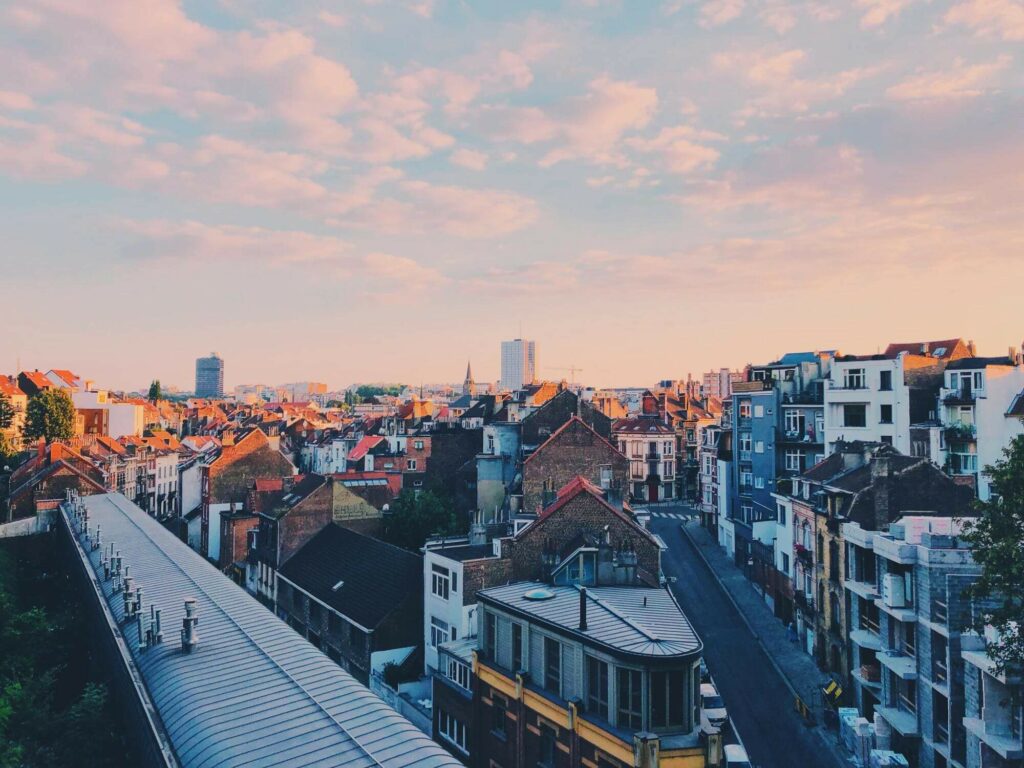165,000 is the number of buildings in Brussels built before 1962 – 84% of the total. Buildings account for 70% of the capital’s energy consumption. While Brussels’ building stock reflects the history and evolution of its urban development, the climate issue is now at the heart of the city’s concerns. Singerbird offers you a brief analysis of the challenges inherent in the energy performance of buildings, regulations and opportunities for the real estate market.
The climate challenge
Buildings account for almost two-thirds of energy consumption in Brussels. This problem can be explained by the date of construction of the buildings. Only 16% were built after 1962. However, the average consumption of recently-built buildings is estimated at 130kWh/m2/year, compared with 499kWh/m2/year for pre-1970s construction.
With the European Union requiring member states to reduce greenhouse gas emissions by 30% by 2030, the energy performance of buildings represents a major challenge. This is why the Brussels Region has introduced a PEB regulation.
Brussels EPB regulations
The Brussels-Capital Region’s PEB regulations aim to reduce C02 emissions from buildings in the capital. Among other measures, the energy performance certificate (CEP) is now compulsory when selling or renting a property. Other measures tighten energy performance requirements for heating and air-conditioning systems, and make renovations subject to compliance with EPB requirements.
The CEP: added value for the sale of a property
On average, buildings in Brussels achieve a D or E energy score. However, the energy performance of your building and a good EPB score can be an undeniable advantage. For example, a home with an energy consumption of less than 50 kWh/m2/year has an A score, while a home with an energy consumption of between 231 and 330 kWh/m2/year has an E score. Buildings with a score between A and C, and especially passive buildings with a consumption of 15 kWh/m2/year or less, can therefore be sold at a higher price. Good insulation of the roof, exterior walls and floor, and the installation of a ventilation system, heat pump or photovoltaic panels can be real assets!
For further information on our passive buildings in Brussels, please contact us.

